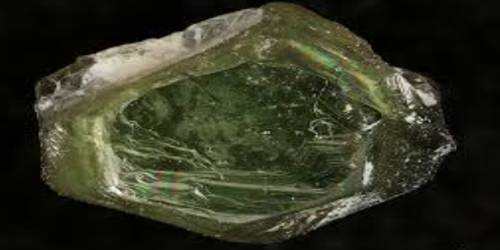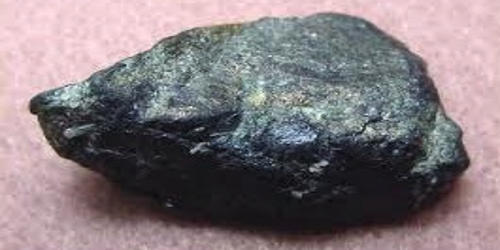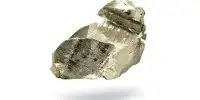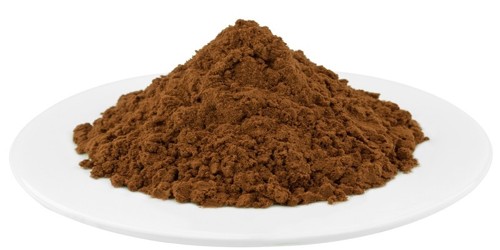Clintonite is a calcium magnesium aluminum phyllosilicate mineral. It is a group of micas that contain calcium instead of potassium. It occurs in chlorite schists, altered limestone, and siliceous skarn associated with contact metamorphism. Clintonite was first described in 1843 for an occurrence in Orange County, New York. It was named for De Witt Clinton (1769–1828).
Clintonite has the chemical formula: Ca(Mg, Al)3(Al3Si)O10(OH)2. Like other micas and chlorites, clintonite is monoclinic in crystal form and has a perfect basal cleavage parallel to the flat surface of the plates or scales.
General Information
- Category: Phyllosilicate Mica group
- Formula: Ca(Mg, Al)3(Al3Si)O10(OH)2
- Crystal system: Monoclinic
- Crystal class: Prismatic (2/m) or domatic (m)

Properties
Clintonite can be colorless, green, yellow, red, or reddish-brown. It has a transparent to translucent appearance and non-fluorescent luminescence. Its radial, massive crystals radiate from a center without producing stellar forms. It has brittle fractures with a pearly luster, colorless streak, and perfect cleavage. The Mohs hardness of clintonite is 6.5, and the specific gravity is 3.0 to 3.1.
- Color: Colorless, yellow, orange, red-brown, brown, green
- Crystal habit: Tabular pseudohexagonal crystals; foliated or lamellar radiated; massive
- Twinning: Spiral polysynthetic twinning
- Tenacity: Brittle
- Mohs scale hardness: 3.5 on {001}, 6 at angle to {001}
- Luster: Vitreous, pearly, submetallic
- Streak: White, slightly yellow-gray
- Diaphaneity: Transparent to translucent
- Specific gravity: 3.0 – 3.1
- Optical properties: Biaxial (-)
Occurrence
Clintotite occurs in chlorite schists, metasomatically altered limestones, and siliceous skarns near contact metamorphic zones. It is closely associated with dolomite, calcite, chlorite, phlogopite, chondrodite, monticellite, clinopyroxene, vesuvianite, grossular, spinel, and talc.
Typical formation environment is in serpentinized dolomitic limestones and contacts metamorphosed skarns. It occurs with talc, spinel, grossular, vesuvianite, clinopyroxene, monticellite, chondrodite, phlogopite, chlorite, quartz, calcite and dolomite.
Information Source:
















